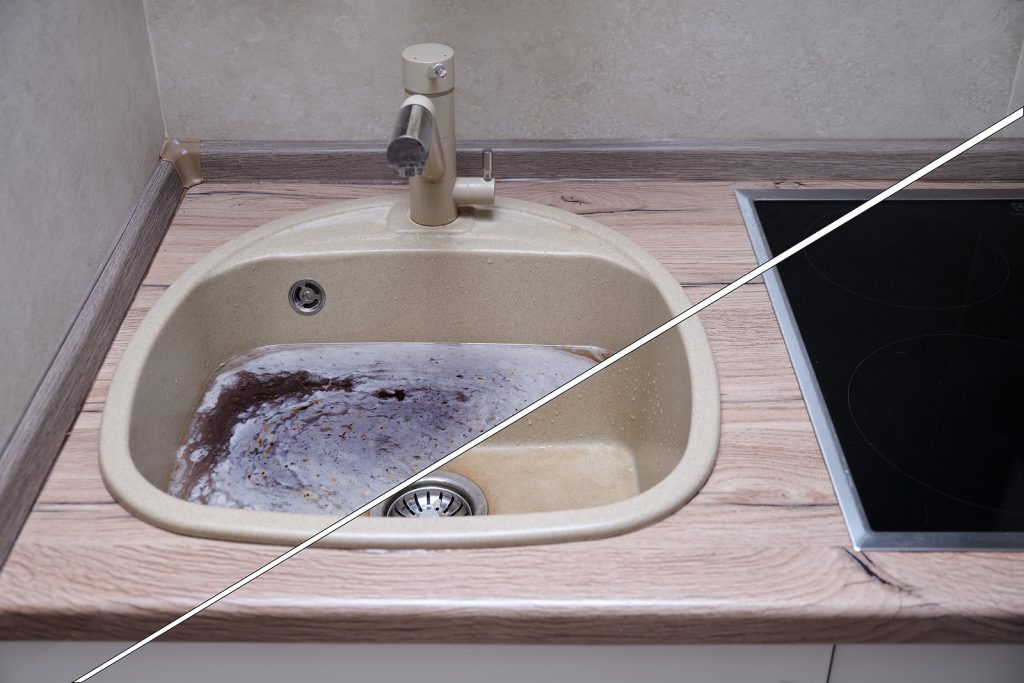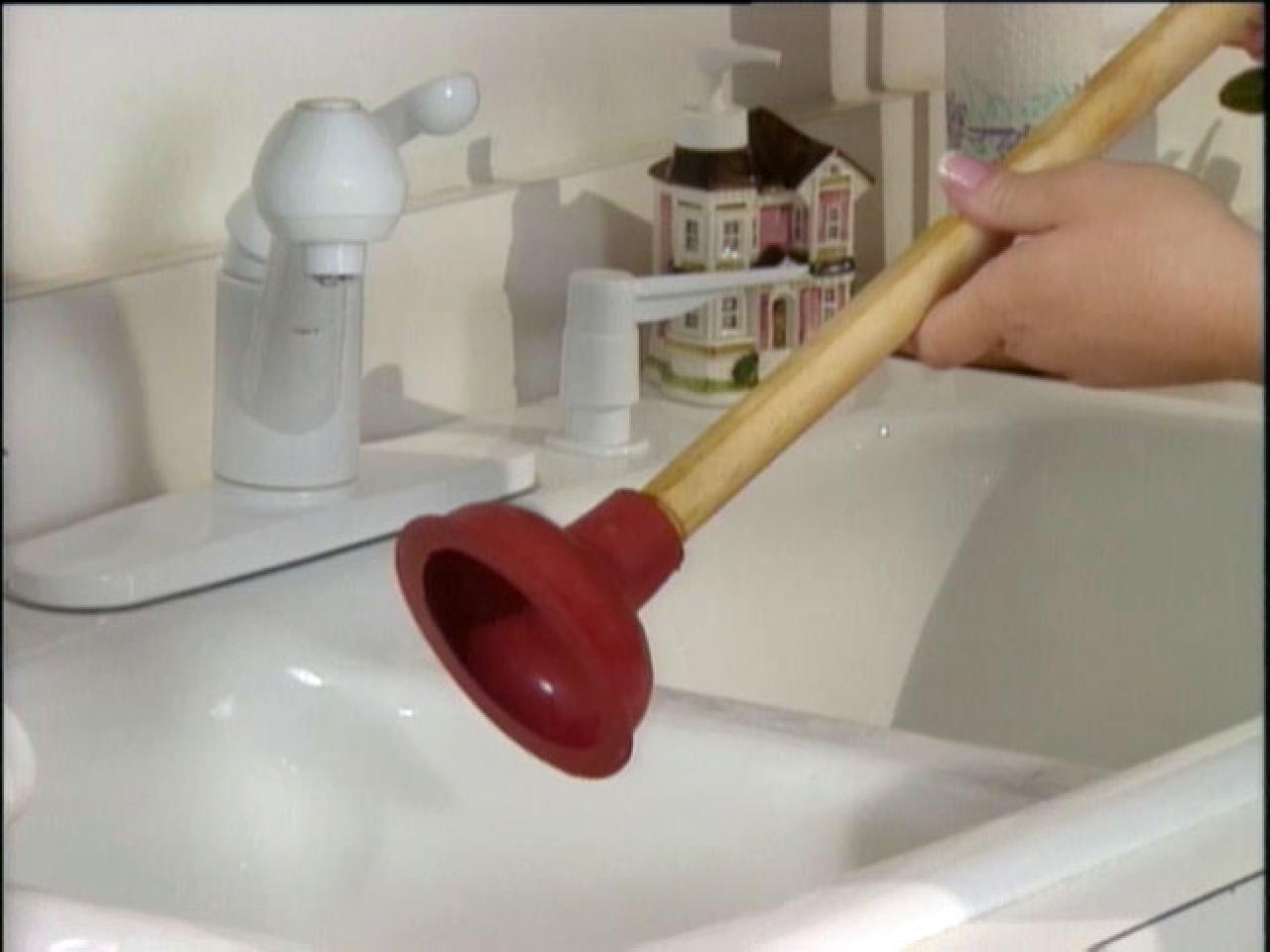Revealing 5 Hidden Strategies for Kitchen Sink Unclogging
Click HereAre you currently trying to find help concerning Repairing Common Household Plumbing Issues?

In this post, we will be looking at 5 basic actions you can require to release your cooking area sink from blockages and also conserve you from the discomfort as well as humiliation of dealing with a stopped up kitchen sink.
Blocked cooking area sinks are just one of one of the most common drainage concerns home owners encounter. As well as what's more, it's a really uneasy as well as undesirable sight. Imagine mosting likely to the sink to do your meals and finding out that the drain is blocked and also water can not stream down easily.
A lot of stopped up drainages are triggered by food debris, oil, soap, and also fat bits. They clog the sink as well as make it hard for water to go down the drain quickly. While it is appealing to put a call through to the plumbings, there are a couple of DIY hacks you can try first prior to making that telephone call.
1. Baking Soda as well as Vinegar
In contrast to using any type of chemicals or bleach, this method is much safer as well as not dangerous to you or your sink. Baking soda and also vinegar are daily residence products made use of for several other points, and they can do the technique to your kitchen sink.
Firstly, eliminate any kind of water that is left in the sink with a cup.
Then pour an excellent amount of baking soft drink down the tubes.
Pour in one mug of vinegar.
Seal the drain opening as well as permit it to go for some minutes.
Pour hot water down the tubes to melt away various other persistent residue as well as fragments.
Following this basic method could suffice, as well as you can have your kitchen sink back. Repeat the process as high as you deem essential to free the sink of this particles totally.
2. Attempt a Plunger
You can try utilizing a bettor if the problem is not from the rubbish disposal. Plungers are standard house tools for this event, as well as they can be available in convenient if you utilize them effectively. A flat-bottomed plunger is most appropriate for this, however you can make do with what you have is a toilet plunger.
Adhere to the following easy steps to utilize the bettor effectively:
Secure the drain with a rag and fill the sink with some hot water
Place the bettor ready over the drainpipe as well as begin plunging
Check to see if the water runs freely after a few plunges
Repeat the procedure up until the drain is cost-free
3. Possibly it's the Garbage Disposal
In many cases, the blockage may be due to a clog in the disposal. Use pliers rather.
If this does not function, you can discover the adhering to alternative to unblock your kitchen area sink.
4. Use a Hanger
Utilizing a cable fabric wall mount or a plumber's serpent if you have one can do the trick. All you need do is correct the hanger to go down the drain while you very carefully select out the fragments creating the clog.
Run warm water down the drain after this to see exactly how successful you were.
5. Use Boiling Water
When confronted with a clogged up sink, the first thing you need to attempt is to pour boiling water down the drainpipe. That is about the most straightforward treatment to stopped up sinks and drains. Boiling water assists reduce the effects of the bits and debris triggering the blockage, particularly if it's oil, grease, or soap bits, and in many cases, it can flush it all down, and also your sink will be back to normal.
Do not attempt this method if you have plastic pipelines (PVC) because warm water could thaw the lines and trigger more damage. You might desire to stick to making use of a plunger to get debris out if you utilize plastic pipelines.
Utilizing this approach, activate the tap to see how water flows after pouring hot water down the drain. Try the process again if the blockage persists. However, the blockage could be more relentless in many cases and also need more than just boiling water.
Final Words
Attempting these couple of methods could conserve you the expenses of having a plumber inspect it. In several instances, a plumber is what we need. In cases where you find it hard to unblock the sink even after attempting all these approaches, it may be time to leave it to the specialists.
Get in touch with professional plumbing companies to fix your water drainage problems and other various home plumbing requirements.
Blocked kitchen area sinks are one of the most usual drain concerns home owners encounter. Picture going to the sink to do your recipes and also discovering out that the drain is blocked and water can not flow down easily.
They clog the sink and make it hard for water to go down the drain rapidly. When encountered with a clogged sink, the initial thing you must attempt is to put boiling water down the drainpipe. Boiling water assists neutralize the particles as well as particles triggering the obstruction, particularly if it's oil, oil, or soap fragments, and also in lots of cases, it can purge it all down, as well as your sink will be back to normal.
How to Unclog a Kitchen Sink
Take the Plunge
Start your efforts by plunging. Use a plunger with a large rubber bell and a sturdy handle. Before getting to work on the drain, clamp the drain line to the dishwasher. If you don t close the line, plunging could force dirty water into the dishwasher.
Fill the sink with several inches of water. This ensures a good seal over the drain.
If you have a double sink, plug the other drain with a wet rag or strainer.
Insert the plunger at an angle, making sure water, not air, fills the bell.
Plunge forcefully several times. Pop off the plunger.
Repeat plunging and popping several times until the water drains.Clean the Trap
The P-trap is the curved pipe under the sink. The trap arm is the straight pipe that attaches to the P-trap and runs to the drain stub-out on the wall. Grease and debris can block this section of pipe. Here s how to unclog a kitchen sink by cleaning out the trap:
Remove as much standing water from the sink as possible.
Place a bucket under the pipe to catch the water as it drains.
Unscrew the slip nuts at both ends of the P-trap. Use slip-joint pliers and work carefully to avoid damaging the pipes or fasteners.
If you find a clog, remove it. Reassemble the trap.
If the P-trap isn t clogged, remove the trap arm and look for clogs there. Run the tip of a screwdriver into the drain stub-out to fetch nearby gunk.Spin the Auger
With the trap disassembled, you re ready to crank the auger down the drain line.
Pull a 12-inch length of cable from the auger and tighten the setscrew.
Insert the auger into the drain line, easing it into the pipe.
Feed the cable into the line until you feel an obstruction. Pull out more cable if you need to.
If you come to a clog, crank and push the cable until you feel it break through. The cable will lose tension when this happens.
Crank counterclockwise to pull out the cable, catching the grime and debris with a rag as the cable retracts.

Do you appreciate reading about Common Household Plumbing Issues? Try to leave feedback down below. We will be delighted to listen to your ideas about this blog post. We hope to see you back again before long. Loved our post? Please share it. Help someone else check it out. Thanks a lot for your time. Please visit our blog back soon.
View